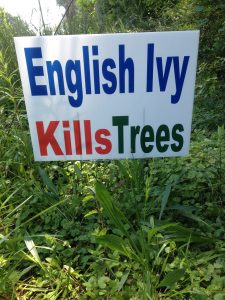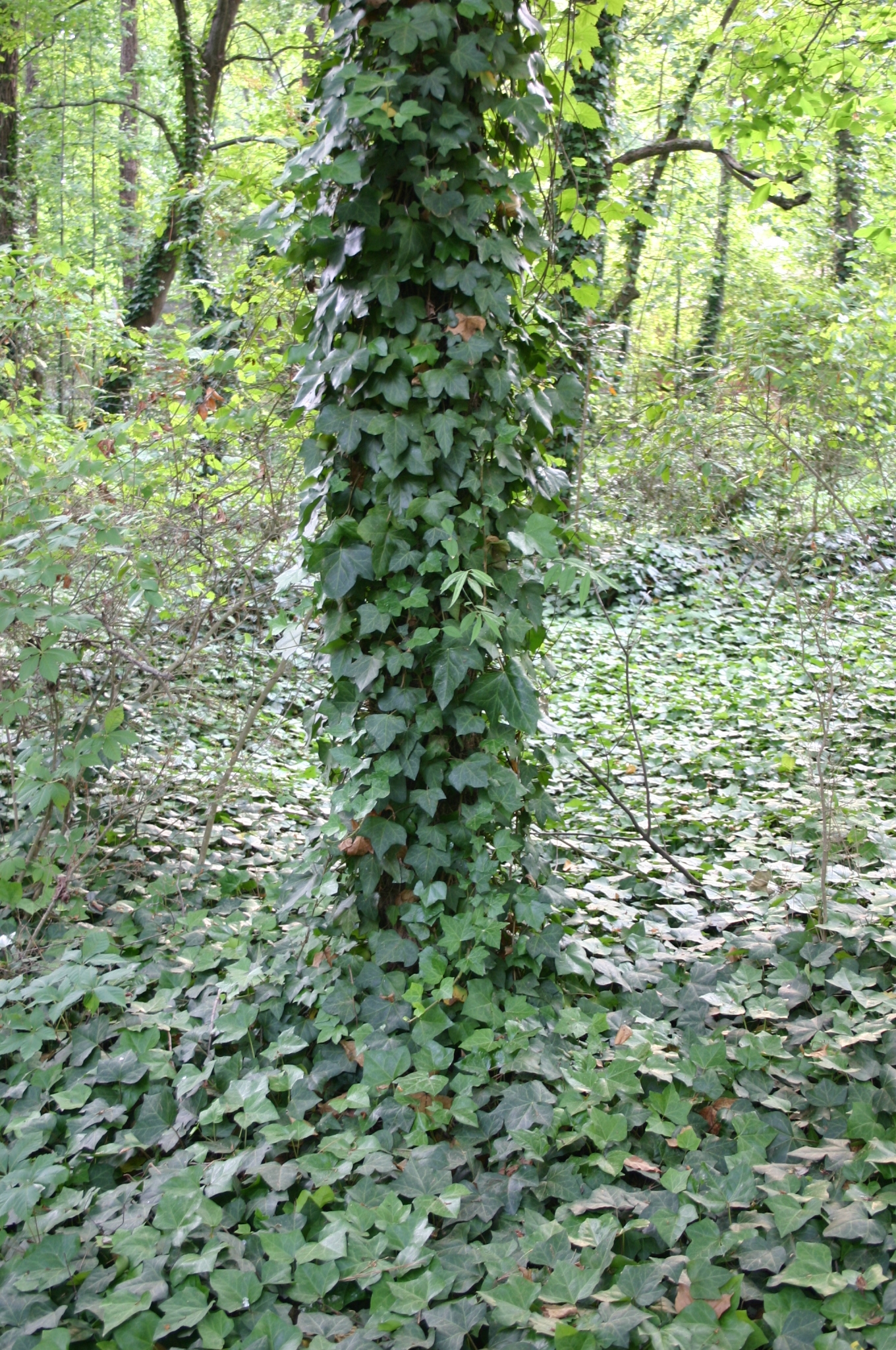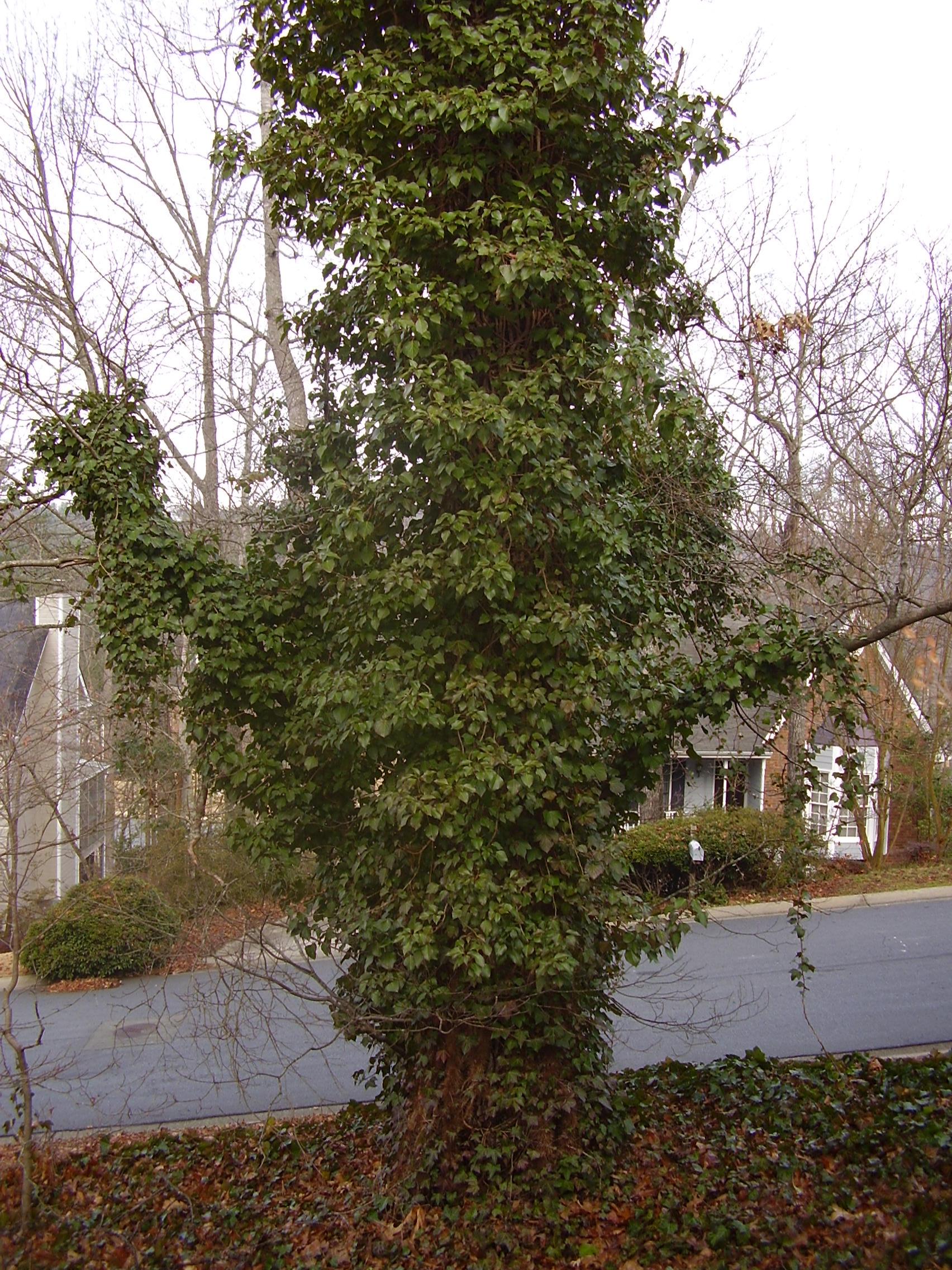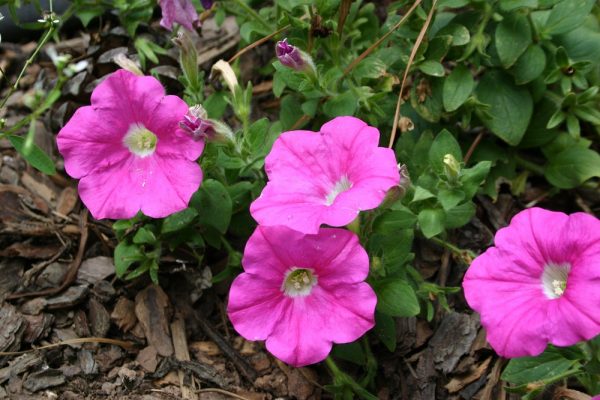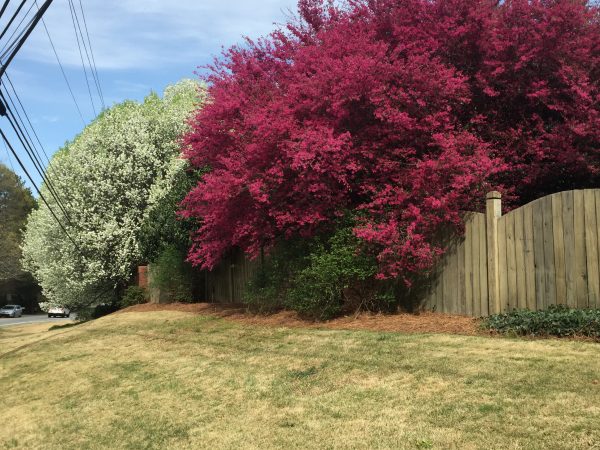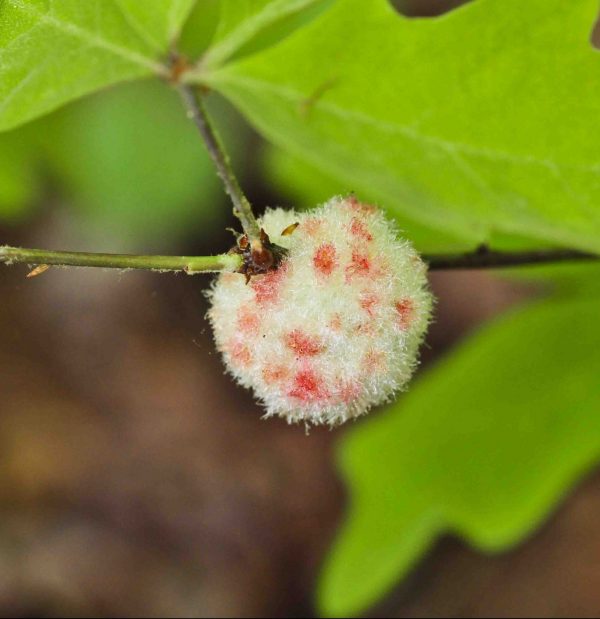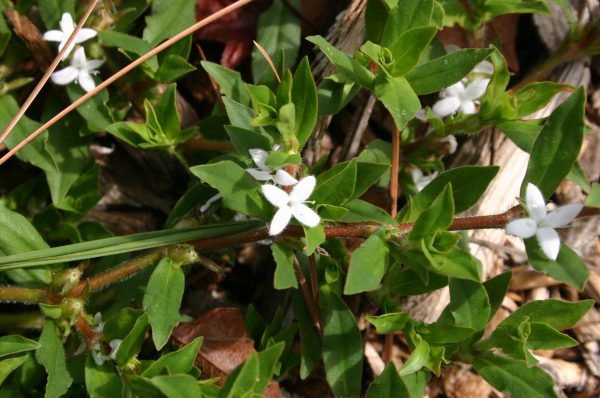English Ivy – Management and Control
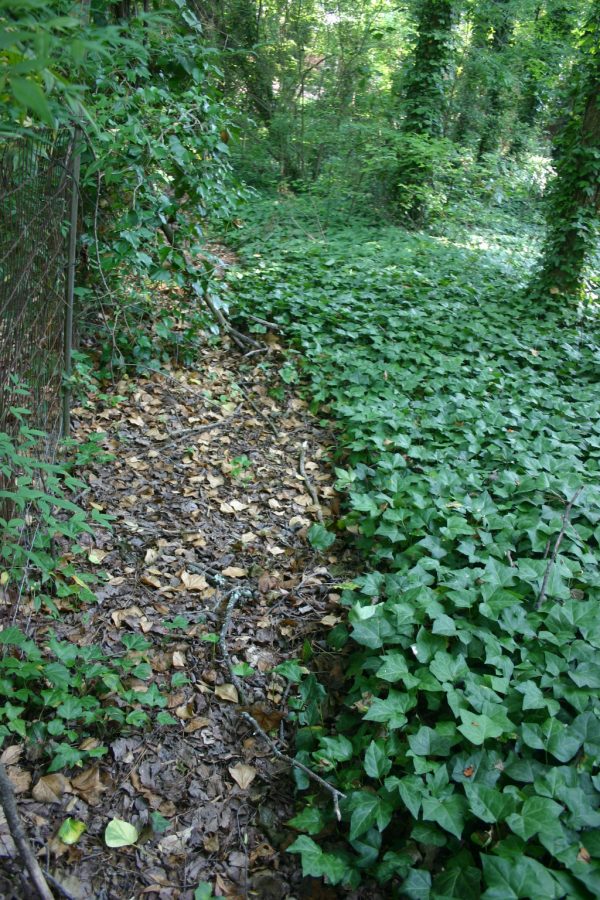
Q: English ivy is taking over my back yard. It has probably been there for twenty-plus years. What’s the best way to control it?
PULL IT UP
The Ivy Removal Project is based in Portland, Oregon. Over the past ten years, they have developed several specialized techniques for eradicating ivy. From “Make a Lifesaver” to “Roll it Like a Log”, their approaches are tested and refined by real-life experience. Check out the video here
Manually ripping it out is one of my recommended techniques. It is sweaty and laborious but it is often the only way to proceed when ivy runs close to ornamental plants. It is also surprisingly fast since a long length of vine can come out with a single heave. See Manual-Ivy-Removal-Methods
CHEMICAL CONTROL
Herbicides like glyphosate (click for examples) and triclopyr (click for examples)
will kill English ivy but the process is slow. Ivy’s leathery leaves and frequent roots aid in its survival from chemical attack. I use chemicals to maintain a ivy-free swath between my azaleas and another neighbor’s viney plot. Death is not immediate; I spray every six weeks or as needed.
Given a large area between trees, I think an initial mowing will get chemical control off to a good start. Be sure to check for hidden stones, stumps, wire and sinkholes before you push your mower into an ivy sanctuary. When new leaves emerge a few weeks later hit them hard with one of the herbicides mentioned above.
REMOVE FROM TREES
English ivy is not parasitic. It does not suck sap from the tree it ascends. Nonetheless it should never be allowed to climb a tree unchecked. When I find a vine that has grown far above me in a tree, I use a flat prybar to prize the vine from the trunk so I can sever it with my loppers. Not content with a single snip, I usually cut a twelve inch section out of the vine at waist height. This gives me a better view of smaller vines that may be hiding beneath the larger one. After cutting, I immediately spray the lower vine stump with glyphosate (click for examples) to prevent resprouting.
BE PATIENT
Don’t expect anything immediately. In my experience I don’t see damage until two weeks after an application. The leaves get brown spots, turn yellow, and gradually fall off. Also, I notice that if there’s a lot of ivy, the first spraying only kills the top level of leaves. It takes a second spraying to get the lowest level of leaves and vines killed as well.
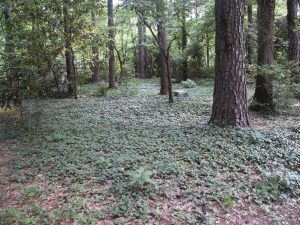
English ivy desert
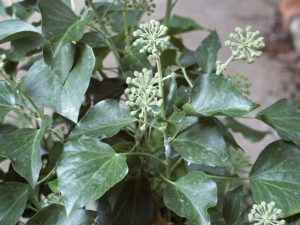
english ivy flower
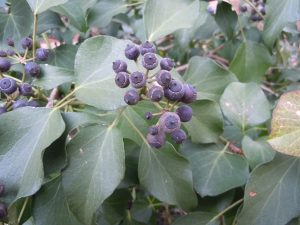
English ivy berries
